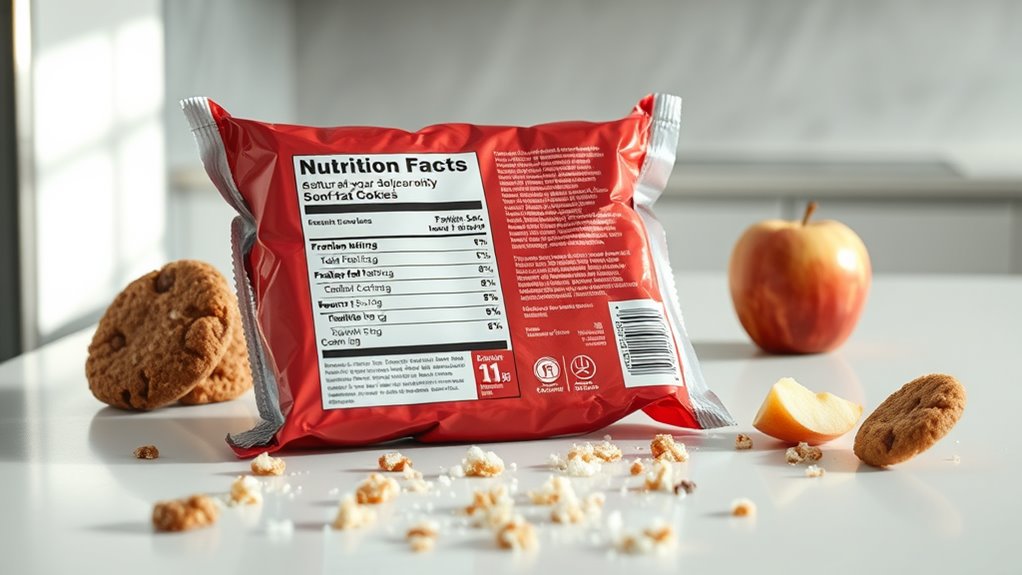Why ‘Low-Fat’ Doesn’t Always Mean Healthy
When you reach for that low-fat yogurt, you might think you’re making a healthier choice. However, many of these products are loaded with added sugars and artificial ingredients to make up for the flavor lost from fat removal. This can lead to poor nutritional value and even increased hunger shortly after consumption. So, what should you really look for when choosing foods for better health outcomes?
Understanding Low-Fat Labels
When you see “low-fat” on a label, it’s easy to assume the product is a healthier choice, but that’s not always the case.
Many low fat myths suggest these products are automatically better for you. In fact, they often contain added sugars and artificial ingredients to enhance flavor, which can negate potential health benefits. Additionally, full-fat products can provide beneficial nutrients that are often lost in low-fat alternatives. Always read ingredients carefully to make informed choices.
The Role of Added Sugars
Here are some common sources of added sugars you might encounter:
-
Fruit juices – Often marketed as healthy but can be loaded with sugar.
-
Flavored yogurts – High in sugar while low in fat.
-
Snacks and dressings – Many contain hidden sugars for taste.
Additionally, it’s important to note that eggs and cholesterol have been subjects of debate, as they can provide essential nutrients without contributing significantly to dietary sugar intake.
Stay informed!
Nutritional Value vs. Fat Content
While it’s tempting to focus solely on fat content when choosing foods, it’s essential to consider overall nutritional value.
Many low-fat products are stripped of beneficial nutrients, such as vitamins and fiber, while often packing in added sugars.
Instead of solely zeroing in on fat, balance macronutrients, and prioritize whole foods that offer adequate nutrition, promoting better health outcomes overall. Additionally, many people overlook that the food industry often capitalizes on low-fat labels which can mislead consumers into thinking these products are inherently healthy.
The Impact on Satiety
Here are some key factors:
-
Fat’s Role: Fat promotes feelings of fullness.
-
Added Sugars: Low-fat products may contain extra sugars to enhance flavor, leading to quicker hunger.
-
Caloric Density: You might consume more low-fat items to feel satisfied, negating any calorie savings.
Choosing wisely is crucial for lasting fullness. Additionally, understanding how healthy eating tips can help you make better food choices is essential for maintaining satiety.
The Importance of Whole Foods
Low-fat foods may not satisfy your hunger, leading you to seek alternatives that provide more nutrition. Whole foods, like fruits, vegetables, whole grains, and lean proteins, offer essential vitamins and minerals without added sugars or unhealthy fats. Additionally, incorporating delicious foods that promote gut health can further enhance your overall well-being.



